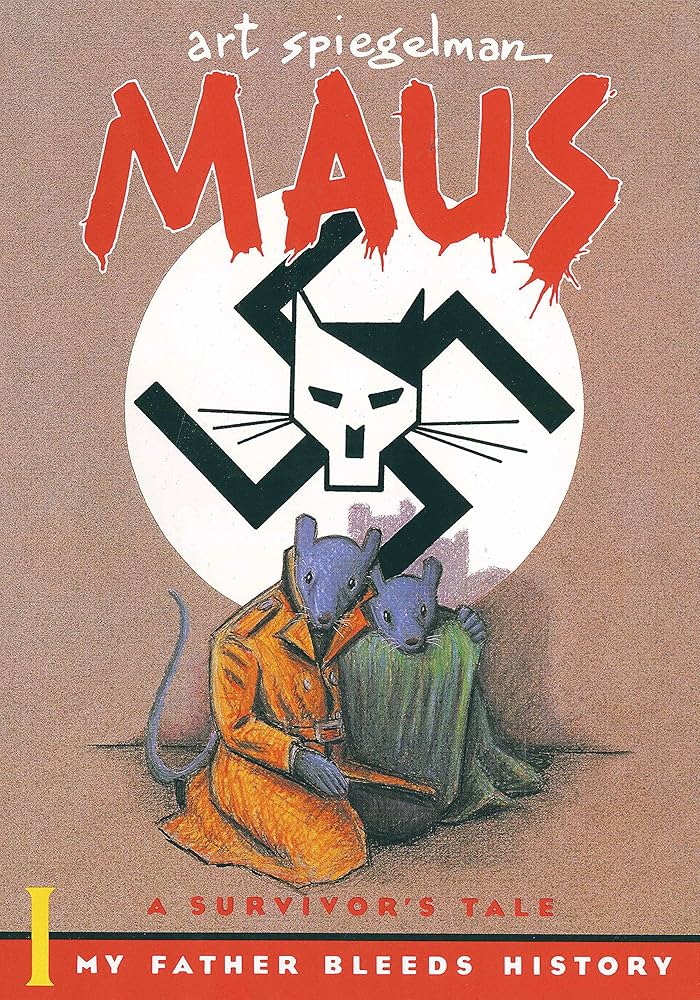Maus

Summary
This groundbreaking graphic novel is a poignant and powerful portrayal of the Holocaust, uniquely presented through the use of anthropomorphic animals. Jewish characters are depicted as mice, while Germans are portrayed as cats, an artistic choice that adds a layer of allegorical interpretation to the historical events.
"Maus" is both a memoir and a biography. It recounts the experiences of Spiegelman's father, Vladek, a Polish Jew, during World War II, alongside the complex relationship between Spiegelman and his father in the present day. The narrative shifts between past and present, illustrating Vladek’s harrowing survival in Auschwitz and other concentration camps, and his later life in New York.
The novel delves deep into themes of survival, guilt, and the psychological scars of the Holocaust. It also explores the difficulties of understanding and representing this history, as Spiegelman grapples with how to tell his father's story. The use of comics to depict such a grave topic was groundbreaking and contributed significantly to the recognition of graphic novels as a serious form of literature.
"Maus" is notable not only for its approach to depicting the Holocaust but also for its raw and honest portrayal of the complex familial relationships affected by trauma. It was one of the first graphic novels to win a Pulitzer Prize, which it did in 1992, cementing its status as a significant and influential work in both Holocaust literature and the graphic novel genre.